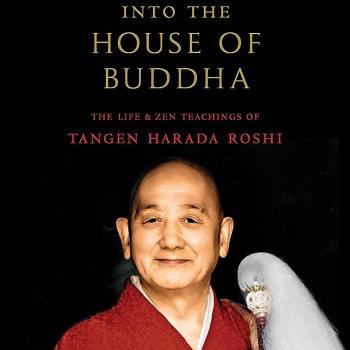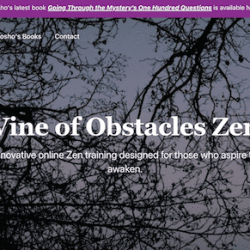The photo is obviously not a dragon but a wild turkey. I try to use photos from where I live (that really cute fox from a couple days ago was an exception) and this is as close as I could come to a dragon. Anyway…
Dharma study is mostly about studying our formations – the latent meaning-makers in the mind that emerge when encountering phenomena.
One of the difficulties in dharma study, especially for the first ten years or so, is in learning the language and the family stories – sutras, koans, lore…. Dogen particularly speaks with bits and pieces of varied and complex references, often more than one per sentence.
I noticed in JustZazen’s comment to my last post what I interpreted as a negative impression of dragons in Dogen’s phrase, “In stagnant water hides a dragon.” Brendan sees this same dragon as power. This reminded me of the big difference between the Western dragon and the Eastern dragon.
I’m going to be speaking in broad, swooping generalities here so get out the hip waders.
The Wikipedia link (click) will give you a nice breakdown of dragons of specific ethnicities.
The Western dragon tends toward malevolence. You know the story line – the white knight in shining armor rescues the damsel in distress from the awesomely ugly dragon in the cave. Lots of “messages” there, no?
The Eastern dragon tends toward benevolence. The Chinese emperors claim to have been descended from dragons. For common people, dragons brought rain.
In Zen parlance, a dragon represents transformation. It is said the dragons not only change their skin like other reptiles but even change their bones. I imagine that myth got going from farmers finding those really big dinosaur bones in their fields.
Finally, there is the true dragon. Here’s D-z from the Universal Recommendations: “Please, honored followers of Zen, long accustomed to groping for the elephant, do not be suspicious of the true dragon.”
Setting elephants aside for this post (lordy, there be lots of animals in these parts!), the above dragon reference is to a Chinese story about an artist who liked to paint dragons. A dragon heard about it and was honored so went to visit the artist. When the dragon stuck his head in the artist’s window, the guy freaked.
Whatever we think – malevolent or benevolent – when confronted with the raw power of the real thing it is an awesome, scary happening.











